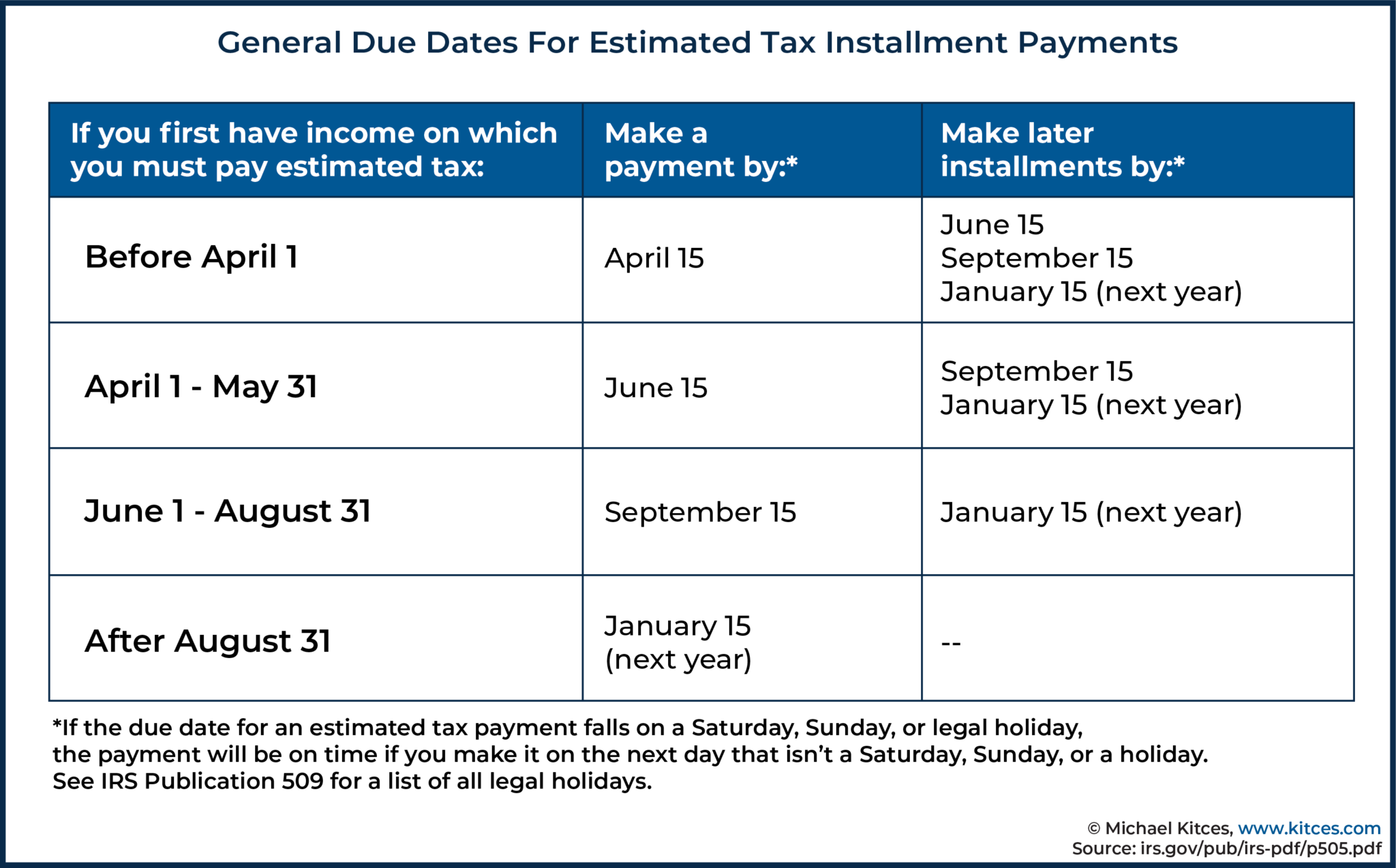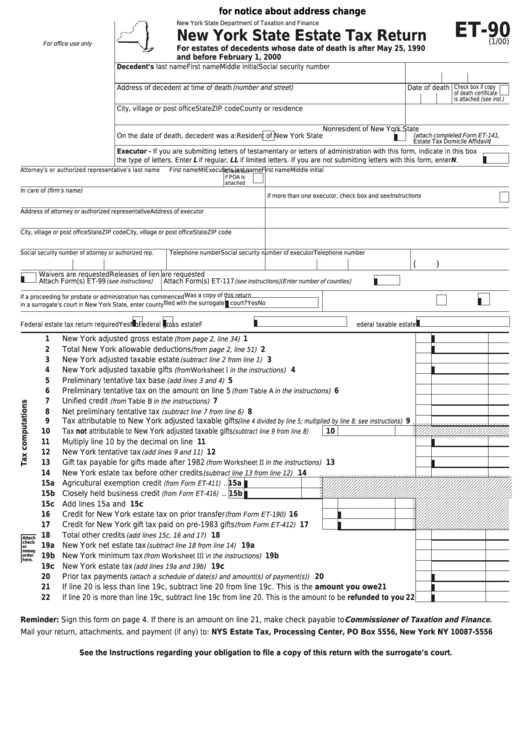New York State (NYS) income tax is a crucial aspect of financial management for residents and businesses operating within the state. Understanding how it works, its rates, and filing requirements is essential for ensuring compliance and optimizing your tax strategy. As one of the most significant tax obligations in the region, NYS income tax impacts individuals, families, and corporations alike.
For many residents, paying state income tax can seem overwhelming, especially when navigating complex tax codes and regulations. However, by breaking down the key components and understanding the nuances of NYS income tax, you can better prepare yourself for tax season and make informed financial decisions.
In this article, we will delve into the intricacies of NYS income tax, providing you with a detailed overview of its structure, rates, exemptions, and deductions. Whether you're a first-time filer or looking to refine your tax planning, this guide will equip you with the knowledge you need to succeed.
Read also:Exploring Influential Figures Like Smiski A Comprehensive Guide
Table of Contents
- Introduction to NYS Income Tax
- How NYS Income Tax Works
- NYS Income Tax Rates
- Filing Status Options
- Deductions and Exemptions
- Common NYS Income Tax Mistakes
- Tax Filing Deadlines
- Understanding Local Income Tax
- Resources for NYS Income Tax
- Conclusion and Next Steps
Introduction to NYS Income Tax
New York State income tax is a mandatory tax levied on the income earned by individuals, businesses, and other entities within the state. Administered by the New York State Department of Taxation and Finance, this tax is a critical source of revenue for the state government, funding public services such as education, healthcare, infrastructure, and public safety.
Understanding the fundamentals of NYS income tax is vital for anyone living or working in New York. This tax applies to various forms of income, including wages, salaries, tips, investment income, and business profits. By familiarizing yourself with the tax structure, you can ensure compliance and take advantage of available deductions and credits.
Why is NYS Income Tax Important?
NYS income tax plays a pivotal role in the state's economy and governance. It helps fund essential programs and services that benefit residents, such as public schools, transportation systems, and healthcare facilities. Additionally, paying your state income tax on time and accurately is crucial for avoiding penalties and maintaining financial stability.
How NYS Income Tax Works
The NYS income tax system operates on a progressive tax model, meaning that higher income levels are subject to higher tax rates. This approach ensures that individuals and businesses contribute proportionally to their earnings, creating a fairer tax system.
Here’s a breakdown of how NYS income tax works:
- Income is categorized into different brackets, each with its own tax rate.
- Taxpayers must file a return annually, typically by April 15th.
- Various deductions and credits are available to reduce taxable income and lower the overall tax burden.
Key Components of NYS Income Tax
Understanding the key components of NYS income tax is essential for effective tax planning. These components include:
Read also:Kash Payel Wife Unveiling The Life And Influence Of The Bollywood Stars Better Half
- Taxable income: The portion of your income subject to taxation after deductions and exemptions.
- Filing status: Determines the tax brackets and rates applicable to your income.
- Deadlines: Important dates for submitting tax returns and paying any owed taxes.
NYS Income Tax Rates
NYS income tax rates are structured in a progressive manner, with higher rates applying to higher income levels. As of the latest tax year, the rates range from 4% to 8.82%, depending on your taxable income and filing status.
2023 NYS Income Tax Rate Brackets
Below are the current NYS income tax rate brackets for single filers:
- 4% on income up to $8,500
- 4.5% on income between $8,501 and $11,700
- 5.25% on income between $11,701 and $13,900
- 5.97% on income between $13,901 and $21,600
- 6.33% on income between $21,601 and $80,650
- 6.65% on income between $80,651 and $215,400
- 8.82% on income over $215,401
For married couples filing jointly, the brackets and rates are adjusted accordingly to reflect combined income levels.
Filing Status Options
When filing your NYS income tax return, you must select the appropriate filing status based on your personal and financial situation. The main filing statuses include:
- Single
- Married filing jointly
- Married filing separately
- Head of household
Choosing the Right Filing Status
Selecting the correct filing status is crucial, as it affects your tax brackets, deductions, and credits. For example, married couples filing jointly often benefit from lower tax rates and higher standard deductions compared to filing separately.
Deductions and Exemptions
NYS income tax allows for various deductions and exemptions that can significantly reduce your taxable income. These include:
- Standard deduction: A fixed amount subtracted from your income before calculating taxes.
- Itemized deductions: Specific expenses, such as mortgage interest and charitable contributions, that can be deducted from your income.
- Personal exemptions: A deduction for yourself and each dependent you claim.
Maximizing Your Deductions
To maximize your deductions, it's important to keep accurate records of eligible expenses and consult with a tax professional if needed. By taking full advantage of available deductions, you can lower your tax liability and retain more of your income.
Common NYS Income Tax Mistakes
Even experienced taxpayers can make mistakes when filing their NYS income tax returns. Some common errors include:
- Incorrect filing status
- Missing or incorrect Social Security numbers
- Forgetting to report all sources of income
- Incorrectly calculating deductions and credits
Avoiding Tax Mistakes
To avoid these pitfalls, double-check your forms for accuracy and completeness. Consider using tax software or consulting with a tax advisor to ensure your return is error-free.
Tax Filing Deadlines
The deadline for filing NYS income tax returns typically aligns with the federal tax deadline, which is April 15th each year. However, extensions may be available for those who need additional time to prepare their returns.
Requesting an Extension
If you anticipate needing more time to file, you can request an automatic six-month extension by submitting Form IT-201-E. Note that while this extends the filing deadline, it does not extend the payment deadline for any taxes owed.
Understanding Local Income Tax
In addition to NYS income tax, many municipalities within the state impose their own local income taxes. These taxes vary by location and can add complexity to the tax filing process.
How Local Income Tax Affects You
Residents of cities like New York City and Yonkers are subject to local income tax in addition to state tax. Understanding the rates and requirements for your specific location is essential for accurate tax planning.
Resources for NYS Income Tax
Several resources are available to help you navigate NYS income tax requirements:
- New York State Department of Taxation and Finance website
- IRS publications and forms
- Tax preparation software and services
Seeking Professional Assistance
If you're unsure about any aspect of your NYS income tax obligations, consider consulting with a tax professional. They can provide personalized guidance and help ensure compliance with all applicable laws and regulations.
Conclusion and Next Steps
NYS income tax is a vital component of financial responsibility for residents and businesses in New York. By understanding its structure, rates, and requirements, you can effectively manage your tax obligations and optimize your financial strategy.
We encourage you to take action by reviewing your tax situation, gathering necessary documentation, and consulting with a tax professional if needed. Additionally, feel free to share this article with others who may benefit from the information, and don't hesitate to explore our other resources for further guidance.
Thank you for reading, and best of luck with your tax planning!


